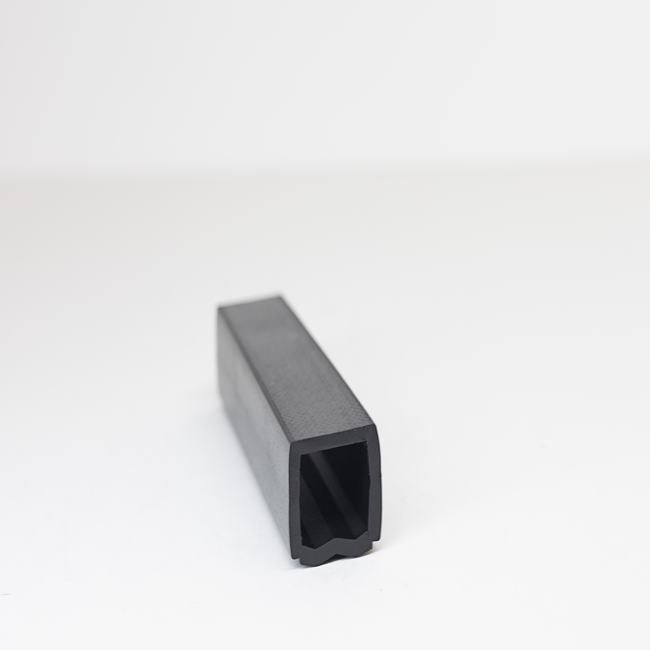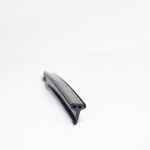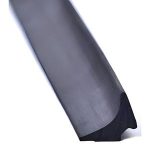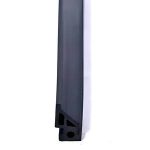Industrial seals play a pivotal role in a wide range of industrial applications, ensuring the functionality, safety, and longevity of machinery and equipment. These seals are designed to prevent the escape of fluids, gases, or particles, as well as to protect against contaminants and environmental factors. In this comprehensive description, we’ll explore the various types of industrial seals, their functions, materials, applications, and the crucial role they play in diverse industrial sectors.
Types of Industrial Seals:
- O-Rings: O-rings are one of the most common types of seals. They are circular in shape and are typically made of rubber, silicone, or other elastomeric materials. O-rings create a reliable, low-cost seal between two components and are widely used in hydraulic systems, engines, and various mechanical equipment.
- Gaskets: Gaskets are flat or contoured seals placed between two mating surfaces to prevent leakage and maintain a secure seal. They are often made of materials like rubber, cork, or metal and are commonly used in pipes, flanges, and engine components.
- Lip Seals (Oil Seals): Lip seals are used to retain lubricants and prevent the ingress of contaminants in rotating shafts or bearings. They typically consist of a flexible lip that contacts the rotating shaft.
- Mechanical Seals: Mechanical seals are used in rotating machinery, such as pumps and compressors, to prevent the leakage of fluids under high pressure and temperature conditions. They feature rotating and stationary parts that press against each other.
- Hydraulic Seals: Hydraulic seals are designed to prevent fluid leakage in hydraulic systems. They include various types such as piston seals, rod seals, wipers, and wear rings.
- Pneumatic Seals: Pneumatic seals are similar to hydraulic seals but are designed for pneumatic (air) systems. They maintain air pressure and prevent leaks in pneumatic cylinders and equipment.
- Diaphragms: Diaphragms are flexible barriers used in pumps, valves, and control devices to separate different fluids or gases. They are often made of rubber or synthetic materials.
- Rotary Seals (Radial Seals): These seals are used in rotating shafts to prevent the escape of lubricants and the entry of contaminants. They are crucial in machinery like gearboxes and wheel hubs.
Functions of Industrial Seals:
- Leak Prevention: The primary function of industrial seals is to prevent the escape of fluids, gases, or particles from one side of the seal to the other. This is crucial in maintaining the integrity of a system and preventing leaks that could result in operational issues or environmental damage.
- Contaminant Exclusion: Seals also serve to keep contaminants, such as dust, dirt, and moisture, out of sensitive equipment or systems. This is essential for preventing wear and damage to moving parts.
- Pressure and Temperature Control: Seals are vital in maintaining the proper pressure and temperature within systems. In hydraulic and pneumatic applications, they prevent pressure loss, ensuring efficient operation.
- Lubrication Retention: Seals, particularly lip seals and rotary seals, retain lubricants and prevent them from escaping. This is essential for the longevity and proper function of bearings and rotating equipment.
- Isolation and Separation: Diaphragms and certain types of seals isolate different mediums or fluids, preventing them from mixing and ensuring the desired performance of a system.
Materials Used in Industrial Seals:
- Elastomers: Rubber and elastomeric materials are commonly used for their flexibility and sealing properties. Materials like nitrile, silicone, and Viton are chosen based on the specific application’s requirements.
- Plastics: Some seals use plastic materials, such as PTFE (Teflon), for their chemical resistance and low friction properties.
- Metals: Metal gaskets, often made of materials like stainless steel, copper, or aluminum, provide durability and high-temperature resistance.
- Composites: Composite materials may be used in specialized applications, combining the advantages of different materials.
Applications of Industrial Seals:
Industrial seals find applications in various sectors, including:
- Automotive: Seals are used in engines, transmissions, and suspension systems to prevent leaks and contamination.
- Aerospace: Critical in aircraft engines and hydraulic systems, seals ensure safety and reliability in extreme conditions.
- Oil and Gas: Seals are used in pipelines, drilling equipment, and refineries to prevent fluid leaks and ensure safety.
- Manufacturing and Machinery: Seals are integral to machines in manufacturing, construction, and processing industries.
- Pharmaceutical and Food Processing: Hygienic seals prevent contamination in sensitive processes.
- Chemical Processing: Seals are crucial for handling corrosive chemicals in pumps, valves, and reactors.
- Marine and Shipbuilding: Seals are used in engines, propellers, and ship systems to prevent water ingress.
- Power Generation: Seals are used in turbines, generators, and power transmission equipment to maintain efficiency and reliability.
In conclusion, industrial seals are essential components in a vast array of industrial applications, ensuring the integrity, performance, and safety of machinery and equipment. The choice of seal type, material, and design depends on the specific requirements of the application, and proper maintenance is essential to ensure their effectiveness over time. Industrial seals contribute significantly to the efficiency and reliability of industrial processes across numerous sectors.






